Premium Only Content
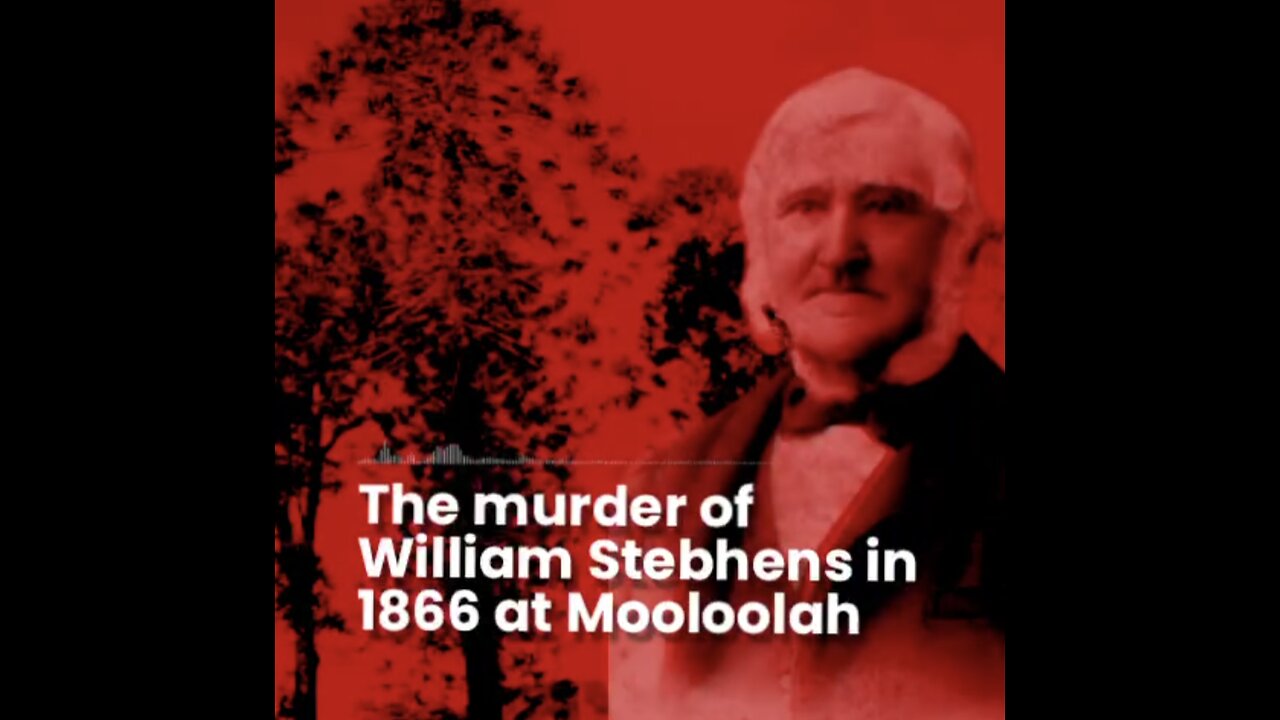
The murder of William Stepbhens in 1866 at Mooloolah
The murder of William Stephens in 1866 at Mooloolah
It is useful to set the scene. In February 1866 the Gympie gold rush was two years in the future and the Gympie Road did not exist. There was a settlement at
Mooloolah Heads started by William Pettigrew. It was largely a base for the shipping of timber cut in the hinterland. William Grigor and James Lowe ran a store there where the basic rations could be purchased. Pettigrew ran steamships on the coastal run between Brisbane and Mooloolah Heads, his major vessel at the time being the Gneering. The hinterland was divided into a few large cattle runs, with Edmund Lander and the Westaway brothers being the main
operators in this area. As the following will demonstrate at least two timbercutters, Charles
Kinmond and Robert Keely had huts in the area that is now Glenview. They lived in slab huts and there were no roads as such, only bush tracks with very few travellers. There were no other towns or settlements north of Caboolture. When reading contemporary accounts of the events there are frequent references to ‘Mooloolah’. This can lead to confusion as they refer to the port of Mooloolah Heads (now known as ‘Mooloolaba’) not the present township of Mooloolah which did not exist in 1866.
The local Aborigines, the Kabi Kabi tribe or language group were, in general,peaceful and some worked in the timber industry. There were often a few hanging around the store and the settler’s huts at Mooloolah Heads, doing odd jobs.
One such person was known as Captain Piper and he had apparently worked for Tom Petrie as a foreman in a gang of cutters in the Mooloolah and Maroochy River area. He was a large, strong man and one writer describes him as a Hercules in comparison to other members of his race.
In February 1866 botanist William Stephens was at Mooloolah Heads waiting for the Gneering
to take him back to Brisbane. He was employed by the Queensland Government Botanist Walter
Hill to collect botanical specimens for a display at the forthcoming Melbourne Exhibition.
Included in his collections were seeds of the bunya pine (Araucaria bidwillii) which grows in the
area north and west of Mooloolah Heads. Stephens discovered that the Gneering would be some time before it arrived in port. Therefore he decided to travel on foot to Brisbane, a distance of about 84 miles, collecting plants along the way.
He purchased rations from the store and, in the
process, displayed a number of silver shillings which he carried to pay Aborigines for work they
carried out for him. One account suggests that Captain Piper, who was in the vicinity, mistook
these for gold sovereigns, perhaps providing an explanation for what was to follow.
The suggestion is that Stephens is alleged to have collected bunya seed from a tree which was
traditionally owned by Captain Piper, an act that would have made him an enemy of Piper.
Stephens hired Aborigine Tommy Skyring to guide him on the way to Brisbane. Skyring had
previously guided Stephens in the area. Local accounts describe Tommy Skyring as being
emaciated, weak and in poor health. He had consumption (tuberculosis) of which he died a few
months later. He declined offers by Captain Piper and Johnny Griffin to help carry Stephens’s
effects, but apparently these two followed Stephens and Skyring when they left on 24 February 1866. Robert Keely, a local timbercutter, was going in the same direction and joined Stephens and Skyring and they set out from Mooloolah Heads. One account says that Stephens intended to spend the night at the hut occupied by timbercutters Kinmond and Peter Campbell, but stopped at a waterhole on the Mooloolah River (later known as ‘Deadman’s Waterhole’) to boil the billy and cook some damper or johnny cakes for lunch. Keely declined an offer to stay and left them about 3:00 pm to carry on to his hut which was a little beyond Kinmond and Campbell’s hut, a few miles away. At this time, or shortly after, probably after Keely had departed, Captain Piper and Johnny Griffin arrived.
Accounts vary as to what happened next, but the end result was the murder of Stephens by blows
with a tomahawk to the neck and head probably about 4:00pm. Tommy Skyring and Captain
Piper were both accused of delivering the first blow, but the killing blow to the back of the neck
nearly severed the head and it seems highly likely it was the work of a strong man such as
Captain Piper, not the sickly Skyring.
Stephens’s body was thrown into the waterhole.
On reaching Kinmond and Campbell’s hut Keely informed Peter Campbell, the occupant, to
expect Stephens. One hour or more after dark, Keely was surprised by the arrival of both Piper
and Griffin, bringing not only a parcel for him from Mooloolah Heads, but also one for
Kinmond.
On challenging them as to their not having left the parcel at the other hut as they came by, they excused themselves on the ground that they were afraid to enter it, as they believed a policeman to be there.
At the later (1879) trial of Piper, Keely stated that Piper claimed a ‘wild blackfellow’ came out of the bush and murdered Stephens. On his arrest not
long after the murder, Piper laid the blame on Skyring who died in May 1866.
Suspicious of Piper’s story, Keely and Campbell along with Piper and Griffin next morning
proceeded to the waterhole and found the body of Stephens floating in the water. Skyring had
disappeared. Campbell then immediately rode to Mooloolah Heads and the following morning a
group rode to the waterhole and removed the body from the water and roughly covered it with
logs to prevent wild dogs from interfering with it. At the ‘Mooloolah Hearing’ in February 1879
a witness (Peter Campbell) stated that on 3 March he saw the body which was so decomposed it was impossible to move it and that it was washed away by a flood not long after.
One story published on 17 March 1866 states that on 12 March Tommy Skyring gave himself
up to timbercutter Richard Jones on the Maroochy River and admitted his part in the crime,
expressing extreme remorse. He told Jones that the murder was planned between himself,
Captain Piper and Johnny Griffin and that Piper struck the first blow to the neck nearly severing
the head. He apparently had several of Stephens’s effects. Jones placed him in a punt and set out to row Skyring to the mouth of the Maroochy River and then take him to Mooloolah Heads, but, thinking Skyring too weak to escape, did not restrain him and he slid off the boat swam ashore and hid in the bush.
There was criticism that only one policeman, constable Nalty, was sent to investigate this murderon 1 March. One newspaper stated: Much feeling has been expressed by the timber getters
regarding the apathy of the authorities in not taking measures for the arrest of these scoundrels.
Truly, one constable has been sent to the place, but as he can do nothing without assistance, he
will not be able to further the ends of justice, however zealous he may be. Our informant tells us that there would not be much difficulty in securing the delinquents, if any one was sent to
Mooloolah, with warrants and proper authority to receive the prisoners.
Tommy Skyring was seen no longer ago than Wednesday near Westaway's Station. Another account states that the police from Maryborough were unable to quickly follow up the murder due to the poor condition of their horses.
Naturally a hue and cry eventuated for the arrest of the perpetrators, resulting in the arrest of
Piper and Skyring on ‘Maradan’, Edmund Landers’s cattle run as reported in The Courier on 31 March 1866. Griffin was not apprehended at this time. These two were to be transported to Brisbane via the Gneering to stand trial, but Piper managed to free himself and swim ashore.
He remained at large in hiding for twelve years, allegedly always on the lookout for police
coming to arrest him.
Tommy Skyring did not survive long, dying from tuberculosis in Brisbane goal in May 1866. Captain Piper was arrested at Cobb’s Camp (Woombye) on 1 February 1879. Piper was brought to trial in Brisbane on 22 August 1879.
At this trial Griffin, who was about fourteen at the time of the murder, was present as a witness rather than as an accused. Griffin stated that he did not know why the other Aborigines wanted to murder Stephens. He claimed to have seen Stephens fall after Skyring threw a tomahawk at him. He (Griffin) stated that he then ran away but Piper brought him back and threatened to kill him if he ran away. At the trial Piper stated: Baal me hit first time; Tommy Skyring hit him with tomahawk long-aneck; me only hithim little bit, and take him damper and clothes.
Piper was acquitted of murder on the basis of lack of evidence (the crime was thirteen years in
the past). No further action was taken against Piper nor against Griffin who had given Queen’s
evidence in the trial. It remained unclear what part Griffin had played in the crime and he lived
on, later assisting the Native Police as a tracker in the capture of the notorious Johnny Campbell,
and becoming a more or less respected member of the community. An account of the trial states:
Johnny Griffin, an aboriginal, and principal witness in the case against Captain Piper, the
aboriginal charged with the murder of Stevens, botanist, at Mooloolah, has himself been
charged to-day with having committed the crime, it is unlikely that Griffin will be committed.
After being acquitted due to lack of evidence, Piper continued to live with his tribe, (the Gubbi
Gubbi or Kabi Kabi). However he had enemies within the tribe and allegedly was later
murdered by poisoning.
The site of Stephens’s grave is subject to flooding and was later mined for the extraction of sand.
It is certain that no trace remains today. Deadman’s Waterhole lies just off the Mooloolah River and just north-north-east of the junction of Connection Road and the Steve Irwin Way.
#Mooloolah #TommySkyring #bonyi #KabiBonyiDjha
-
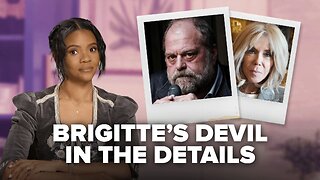 53:29
53:29
Candace Show Podcast
3 hours agoEXCLUSIVE! Brigitte Macron's Lawyer Has A Dark Past. Dan Bongino Speaks Out. | Candace Ep 220
43.4K112 -
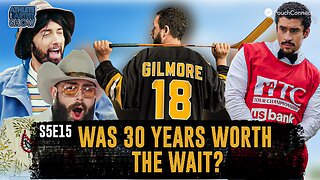 26:02
26:02
Athlete & Artist Show
6 hours agoHappy Gilmore 2, Was 30 Years Worth The Wait?!
74 -
 5:44
5:44
China Uncensored
8 hours agoYou DO NOT Want To Go To China
1.37K17 -
 LIVE
LIVE
The Mike Schwartz Show
2 hours agoTHE MIKE SCHWARTZ SHOW Evening Edition 07-28-2025
4,215 watching -
 1:18:11
1:18:11
Redacted News
3 hours agoScotland is being DESTROYED and Neil Oliver is trying to save it
35.3K55 -
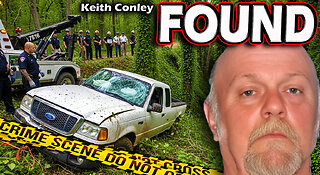 20:38
20:38
Exploring With Nug
9 hours ago $0.26 earnedMissing Tennessee Man Found Crashed in Ravine — Could He Have Been Saved!
4.5K1 -
 LIVE
LIVE
Vedic compatability astrology
2 hours ago"Aleta ST James:The Woman Who Tried to Conquer Time Itself"
54 watching -
 36:36
36:36
Kimberly Guilfoyle
4 hours agoTrump Trade Wins, Live with Daniel Turner & Jarrett Stepman | Ep241
94.9K19 -
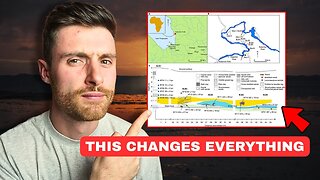 13:16
13:16
Michael Button
9 hours ago $1.36 earnedWhat If We’re NOT the First Smart Humans?
19K9 -
 1:03:57
1:03:57
The Amber May Show
3 hours agoShattering the Narrative: Trump, Media Collapse & The Rising Chaos
5K2